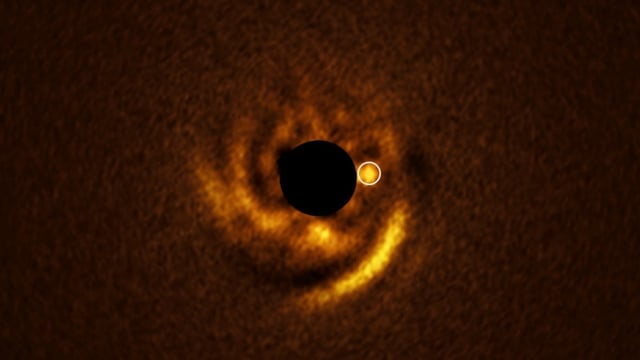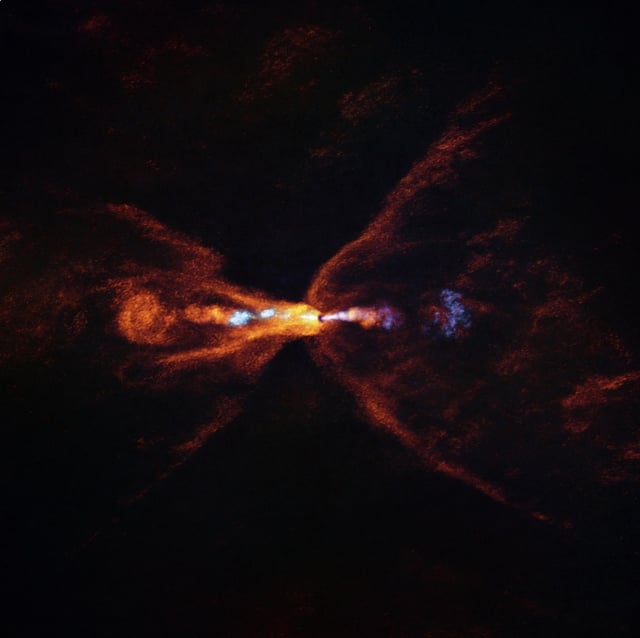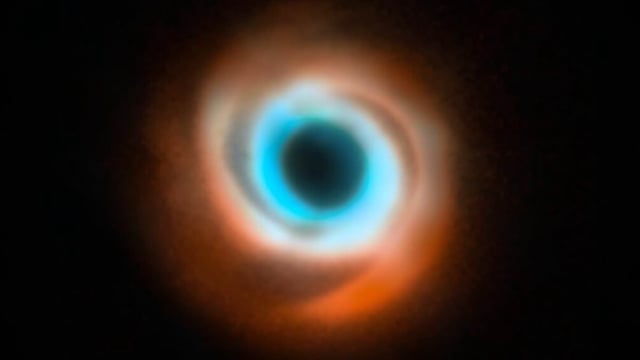Overview
- VLT’s new ERIS instrument directly imaged a protoplanet candidate twice the mass of Jupiter embedded at the base of a spiral arm in HD 135344B’s disk, confirming models of planet-driven disk structures.
- Francesco Maio’s team detected light from the embedded object in near-infrared, providing the first unambiguous view of a forming planet sculpting its natal disk.
- JWST observations identified crystalline minerals in hot SiO gas around HOPS-315 and subsequent ALMA mapping traced their condensation into solids, marking the initial stage of planetesimal assembly.
- Lead author Melissa McClure found that the refractory solids forming in HOPS-315 mirror those in our own Solar System’s early meteorites, linking extraterrestrial findings to terrestrial origins.
- By uniting direct imaging and spectroscopic data across multiple wavelengths, these studies bridge decades of disk surveys and validate core accretion theories across both macroscopic and microscopic scales.


